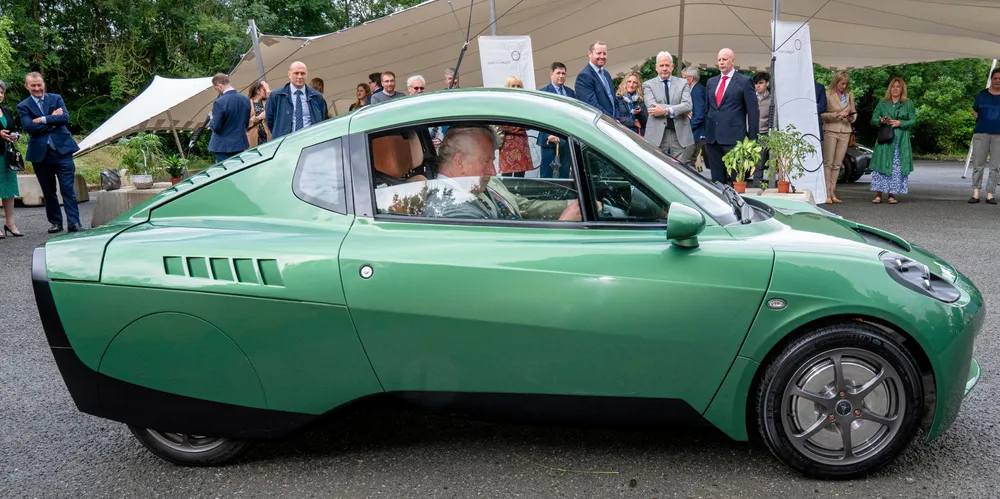COP 26 | 'Widespread use of green hydrogen in heating and cars is not only stupid — it’s practically impossible’
The Recharge View | Those advocating for fuel-cell electric vehicles and H2 boilers are using misinformation to try to make money, and don't care if they slow down the fight against climate change, writes Leigh Collins
